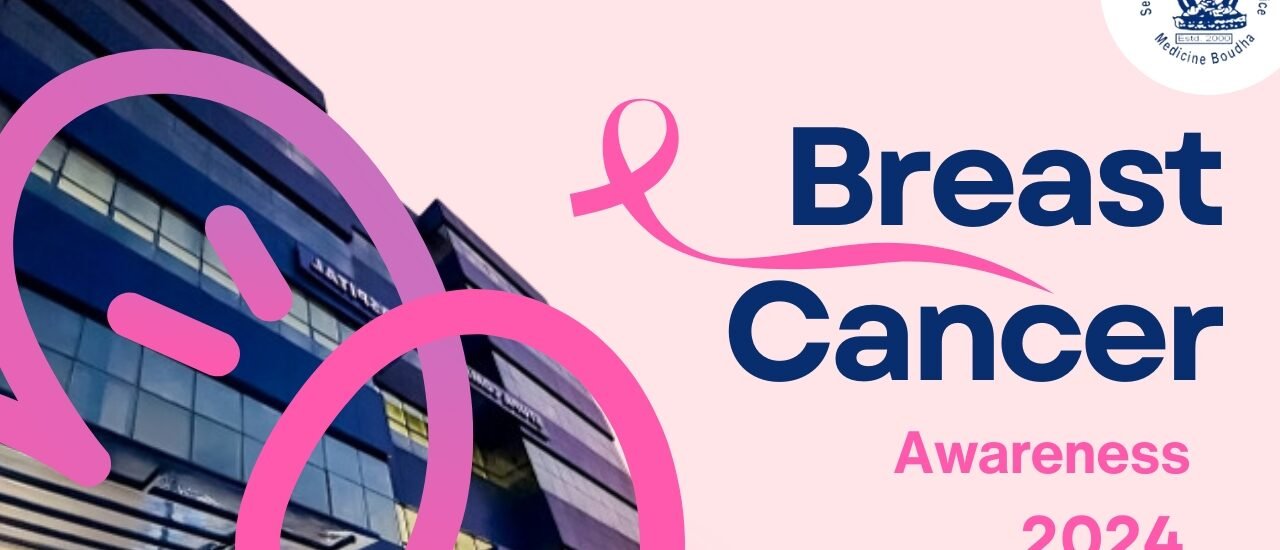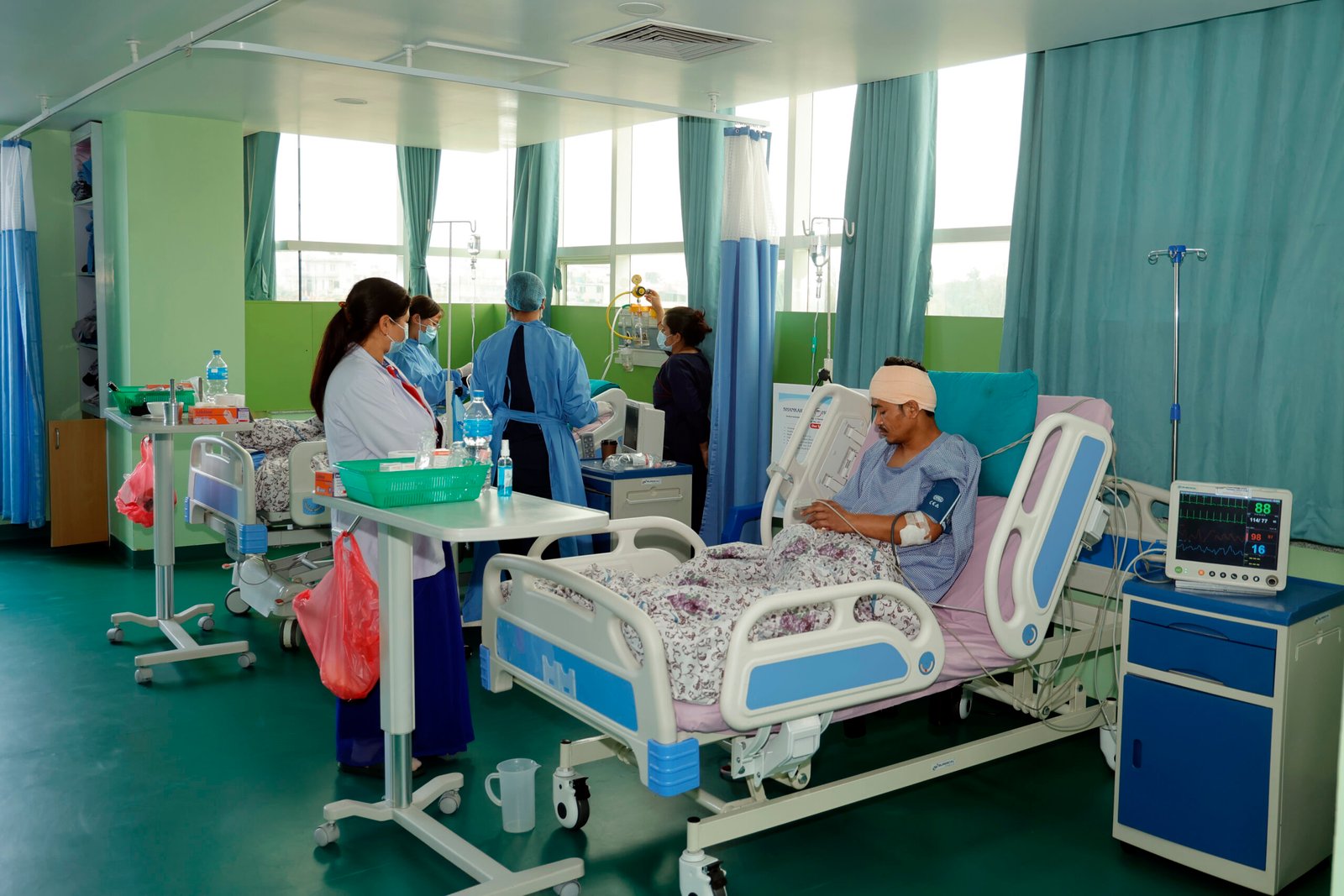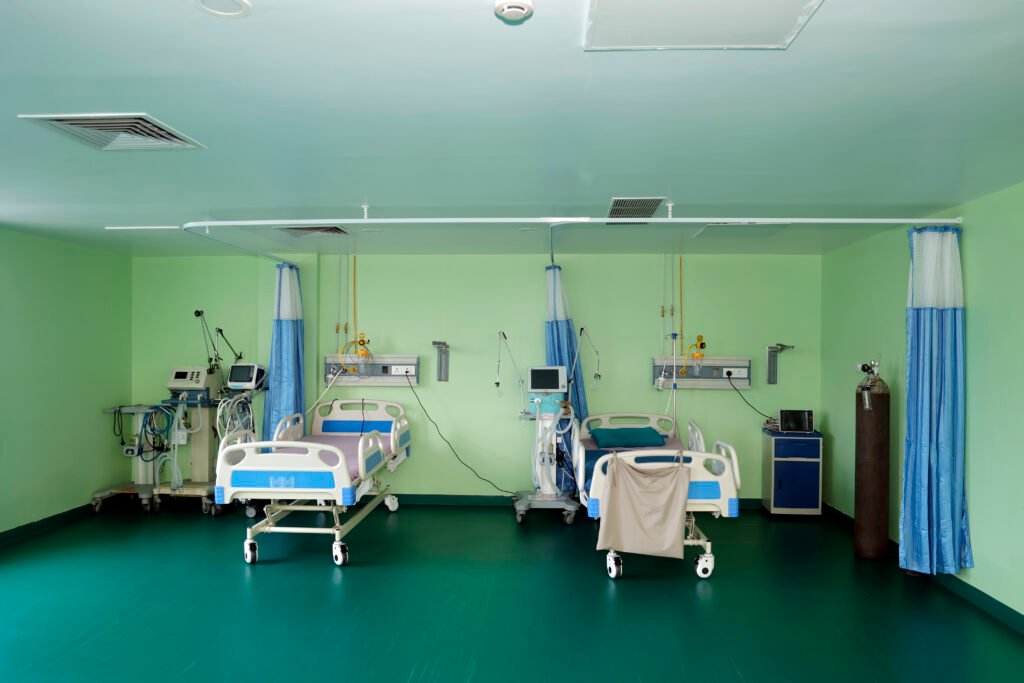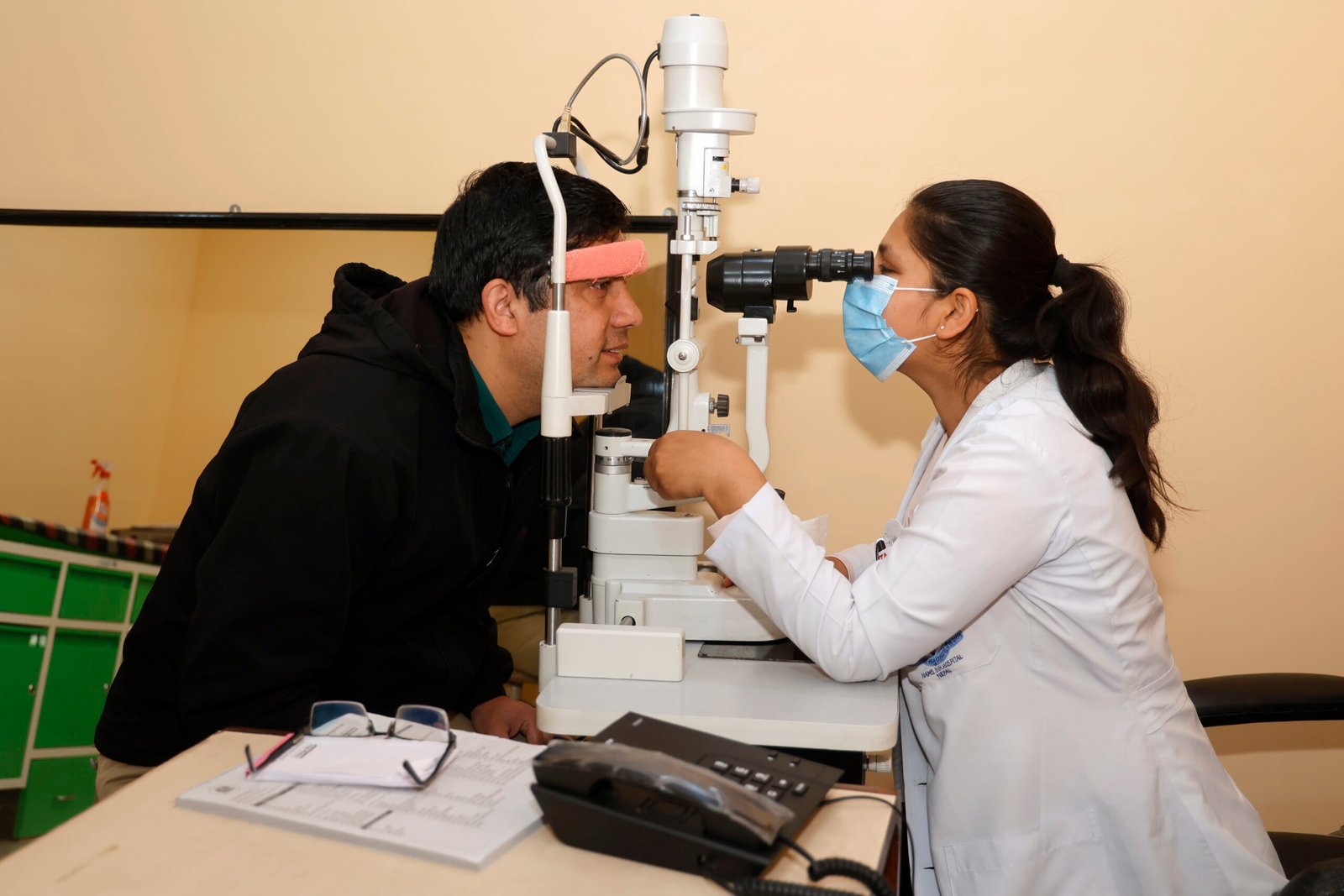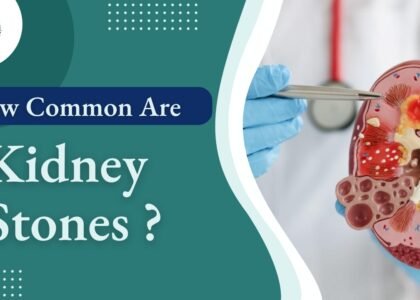Breast cancer continues to be one of the most prevalent cancers affecting women worldwide. In 2024, the need for raising awareness remains as critical as ever, with early detection and prevention being the key to saving lives. Stupa Community Hospital is at the forefront of this movement, offering comprehensive care, education, and support to those affected by breast cancer. This blog aims to shine a light on the importance of breast cancer awareness, the signs and symptoms to watch for, risk factors, and prevention methods to ensure a healthier future for all.
The Importance of Breast Cancer Awareness
Breast cancer awareness campaigns play an essential role in educating the public about the significance of early detection. According to recent studies, early-stage breast cancer has a fiveyear survival rate of nearly 99%, compared to later stages, where the survival rate drastically decreases. Awareness helps women and men understand the importance of regular screenings, mammograms, and self-examinations.
October is recognized globally as Breast Cancer Awareness Month, and Stupa Community Hospital actively participates in educating the community about breast cancer. By understanding the risk factors, knowing the warning signs, and participating in regular screenings, individuals can significantly increase their chances of early detection and successful treatment.
Signs and Symptoms of Breast Cancer
One of the most critical aspects of breast cancer awareness is recognizing its early signs and symptoms. While some individuals may experience no symptoms in the early stages, there are certain red flags that should not be ignored.
Common signs of breast cancer include:
- Lump or thickening in the breast or underarm: This is often one of the earliest indicators of breast cancer.
- Change in breast size or shape: Any sudden or unexplained changes should be examined by a healthcare professional.
- Nipple discharge: Discharge that is not breast milk, especially if it is bloody, can be a warning sign.
- Dimpling or puckering of the skin: A visible change in the texture of the skin around the breast may signal underlying issues.
- Pain in the breast or nipple: Although pain is not a common early symptom, persistent pain can indicate something more serious.
At Stupa Community Hospital, healthcare professionals encourage women to perform monthly self-examinations and schedule routine mammograms. By doing so, individuals become familiar with their own bodies, making it easier to detect any abnormalities early on.
Risk Factors for Breast Cancer
Understanding the risk factors associated with breast cancer can help individuals take preventive measures. While some risk factors are beyond one’s control, like age or genetics, others can be managed or mitigated through lifestyle changes.
- Age: The risk of developing breast cancer increases with age, especially after the age of 50.
- Family history: Women with a close relative (mother, sister, or daughter) who has had breast cancer are at higher risk.
- Genetic mutations: Mutations in genes like BRCA1 and BRCA2 significantly increase the risk of breast and ovarian cancer.
- Reproductive history: Early menstruation before age 12 or starting menopause after age 55 exposes women to more estrogen, increasing breast cancer risk.
- Hormone therapy: Post-menopausal hormone therapy combining estrogen and progesterone has been linked to an increased risk.
- Lifestyle factors: Smoking, alcohol consumption, obesity, and a sedentary lifestyle can also contribute to breast cancer risk.
By understanding your individual risk, you can work with healthcare providers to create a personalized prevention or monitoring plan.
Prevention of Breast Cancer
While there is no guaranteed way to prevent breast cancer, there are several steps individuals can take to reduce their risk. A healthy lifestyle, regular screenings, and being informed about the latest advances in breast cancer research are crucial elements of prevention.
- Regular exercise: Staying physically active helps maintain a healthy weight, which can lower breast cancer risk.
- Healthy diet: A diet rich in fruits, vegetables, and whole grains, and low in processed foods and red meats, may reduce the risk of breast cancer.
- Limit alcohol consumption: Research has shown that even moderate drinking can increase breast cancer risk, so it’s recommended to limit alcohol intake.
- Quit smoking: Smoking is linked to many types of cancer, including breast cancer. Quitting smoking is one of the most effective ways to improve overall health.
- Routine screenings: Regular mammograms and clinical breast exams are crucial in catching breast cancer early.
Stupa Community Hospital is dedicated to helping patients stay on top of their health with access to top-tier breast cancer screening services, nutritional counseling, and fitness programs designed to promote a healthy lifestyle.
Conclusion
Breast cancer awareness is more than just an annual campaign—it’s a year-round commitment to educating, supporting, and empowering individuals to take control of their health. In 2024, Stupa Community Hospital continues its mission to provide top-notch care and resources for early detection, treatment, and prevention of breast cancer. By recognizing the signs and symptoms, understanding risk factors, and embracing preventive measures, we can work together to reduce the impact of breast cancer and save more lives.


